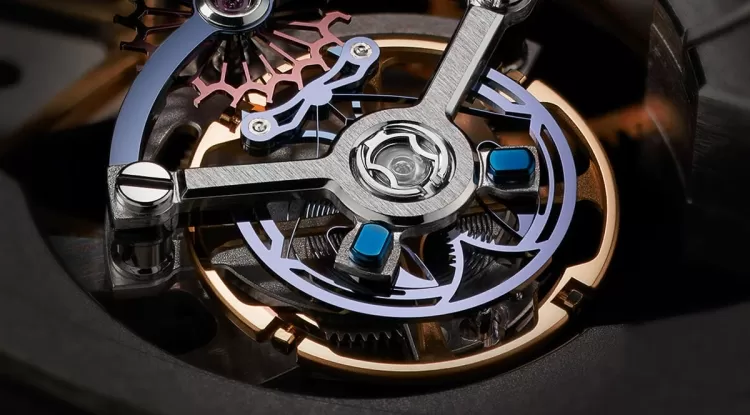Water Resistance in Watches: Understanding ATM Ratings
Learn about watch water resistance ratings (ATM). Understand what different ATM ratings mean, which activities they are suitable for, and how to protect your watch from water damage.

Beyond telling time, watches are expressions of style and sophistication. A crucial factor to consider when purchasing a watch is its water resistance. This feature indicates how well your watch can withstand water exposure, measured in ATM (Atmospheres). This article will delve into what ATM ratings mean, the implications of different water resistance levels, and key considerations when choosing a watch.
What are ATM Ratings?
ATM, short for "Atmospheres," is a unit used to measure the amount of static water pressure a watch can withstand. 1 ATM is equivalent to approximately 10 meters (33 feet) of water depth at sea level. So, if a watch is marked 5 ATM, it theoretically means it can withstand the pressure at 50 meters (165 feet) of depth. However, it's crucial to understand that these values are measured under laboratory conditions with static water pressure. In real-world scenarios, factors like water movement, temperature changes, and other variables can affect a watch's water resistance. Therefore, it's important to interpret ATM ratings carefully.
Practical Meanings of ATM Ratings
Different ATM ratings indicate the watch's suitability for various water activities. Here's a breakdown of common ATM ratings and their practical implications:
- Water Resistant or 3 ATM (30 Meters/99 Feet): This rating indicates the watch is only resistant to splashes and light rain. It's recommended to remove the watch before washing hands or doing dishes. It's definitely not suitable for showering, swimming, or other water sports.
- 5 ATM (50 Meters/165 Feet): Watches with this rating can withstand showering, swimming, and other light water sports. However, they're not suitable for diving or high-impact water activities.
- 10 ATM (100 Meters/330 Feet): This rating is suitable for more intensive water activities like swimming, snorkeling, and water sports. However, it's not recommended for scuba diving.
- 20 ATM (200 Meters/660 Feet) and Above: Watches with this rating are suitable for professional water activities like scuba diving. They are often referred to as "Diver's Watches" and have a more robust construction and additional features.
Factors Affecting ATM Ratings
ATM ratings depend on the watch's design and the materials used. Here are some factors that affect water resistance:
- Gaskets/Seals: The gaskets or seals used in the watch's case, crystal, and crown play a crucial role in ensuring water resistance. It's important to have these seals checked regularly and replaced if necessary.
- Case Construction: The design and materials of the watch case also impact water resistance. A more robust and tightly sealed case offers better water resistance.
- Crystal: The type and mounting of the watch crystal also affect water resistance. Sapphire crystals are more durable than mineral crystals.
How to Protect Your Watch from Water Damage
Regardless of your watch's ATM rating, there are precautions you should take to protect it from water damage:
- Avoid exposing your watch to hot water or steam.
- Do not pull or adjust the crown while the watch is underwater or wet.
- Have the gaskets checked regularly and replaced if necessary.
- Rinse your watch with fresh water after exposure to salt water.
In conclusion, understanding ATM ratings when buying a watch is essential for using it correctly and protecting it from water damage. By choosing a watch with an appropriate ATM rating for your activity level and needs, you can ensure its longevity and reliability.
All watch guides and tips
What's Your Reaction?




















